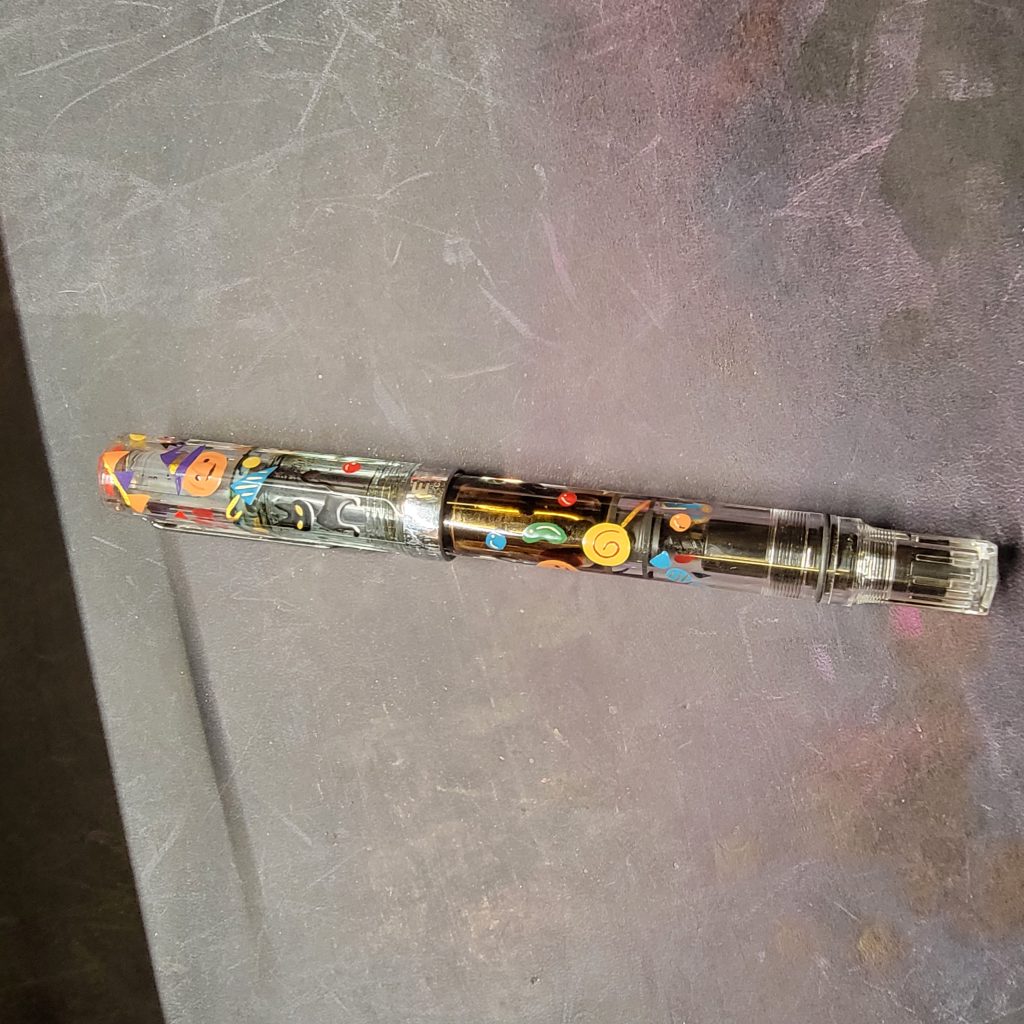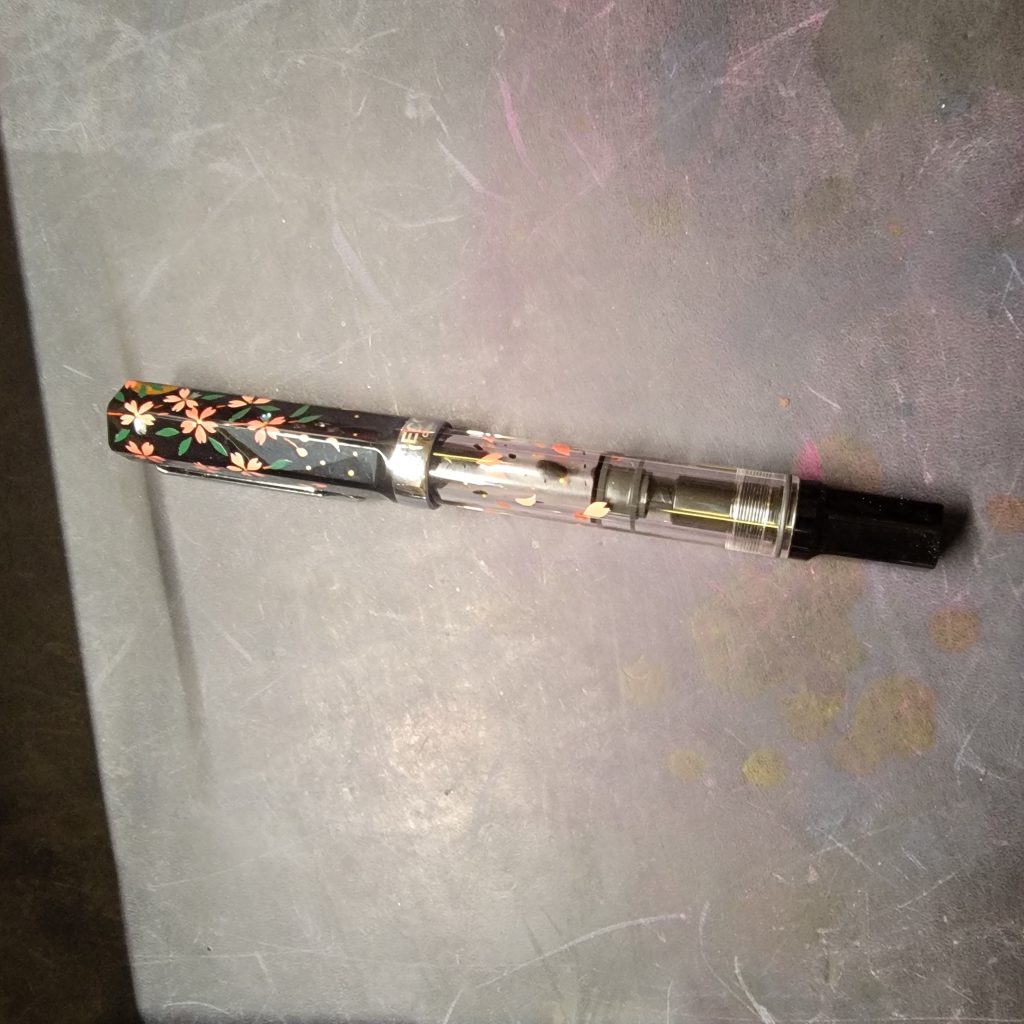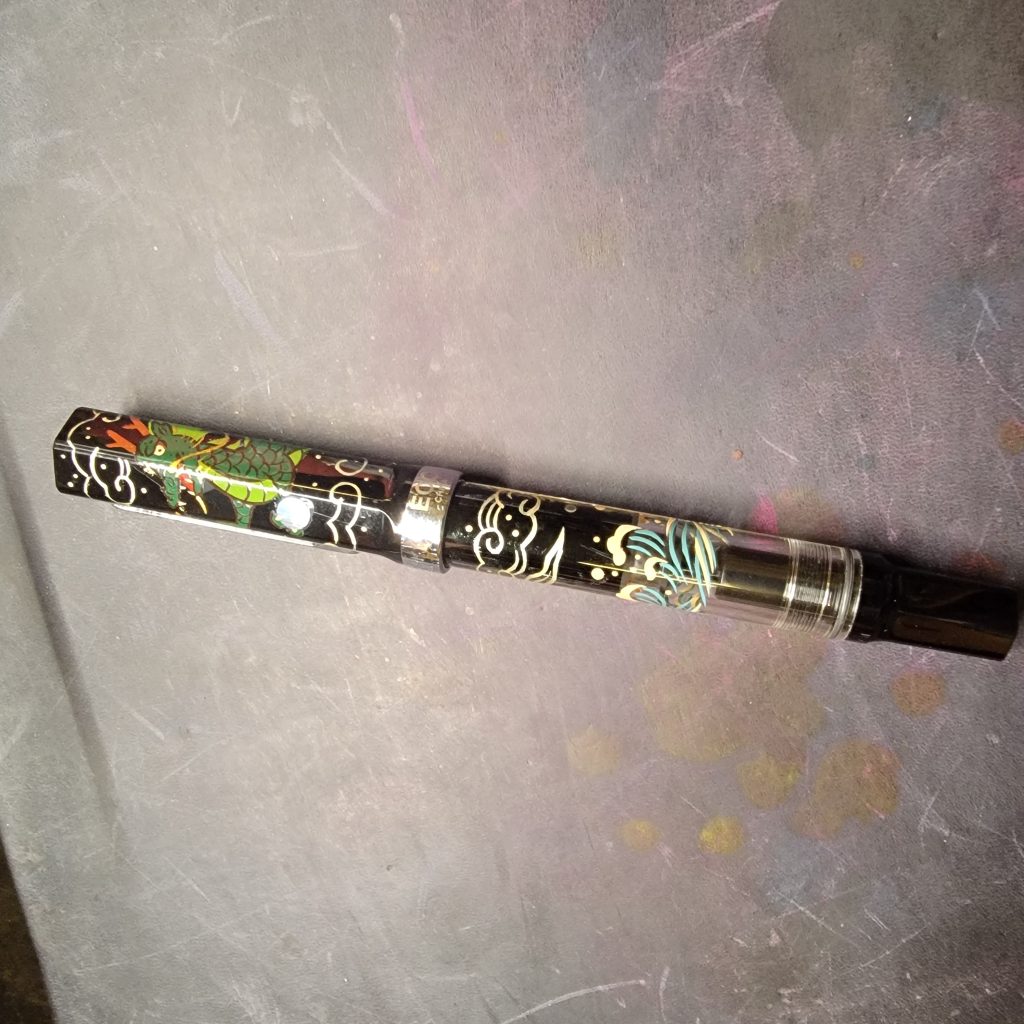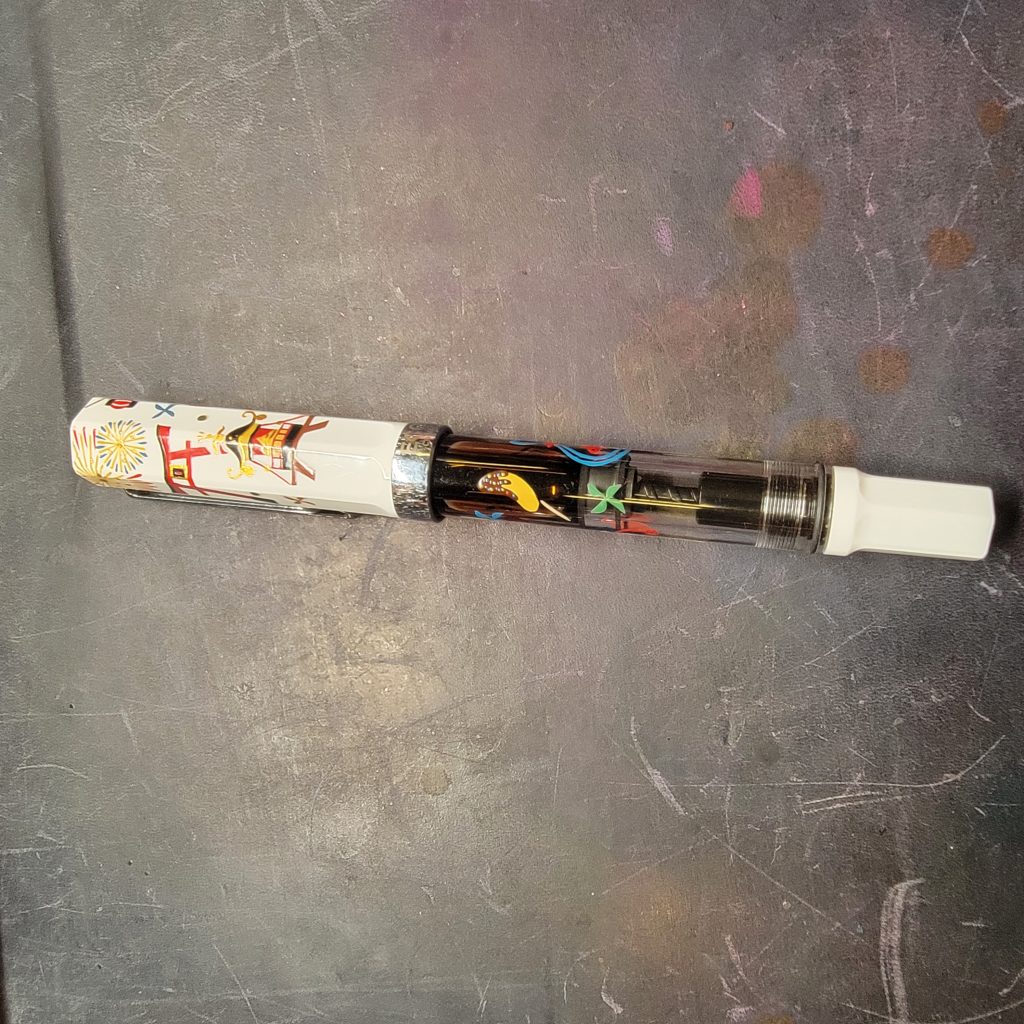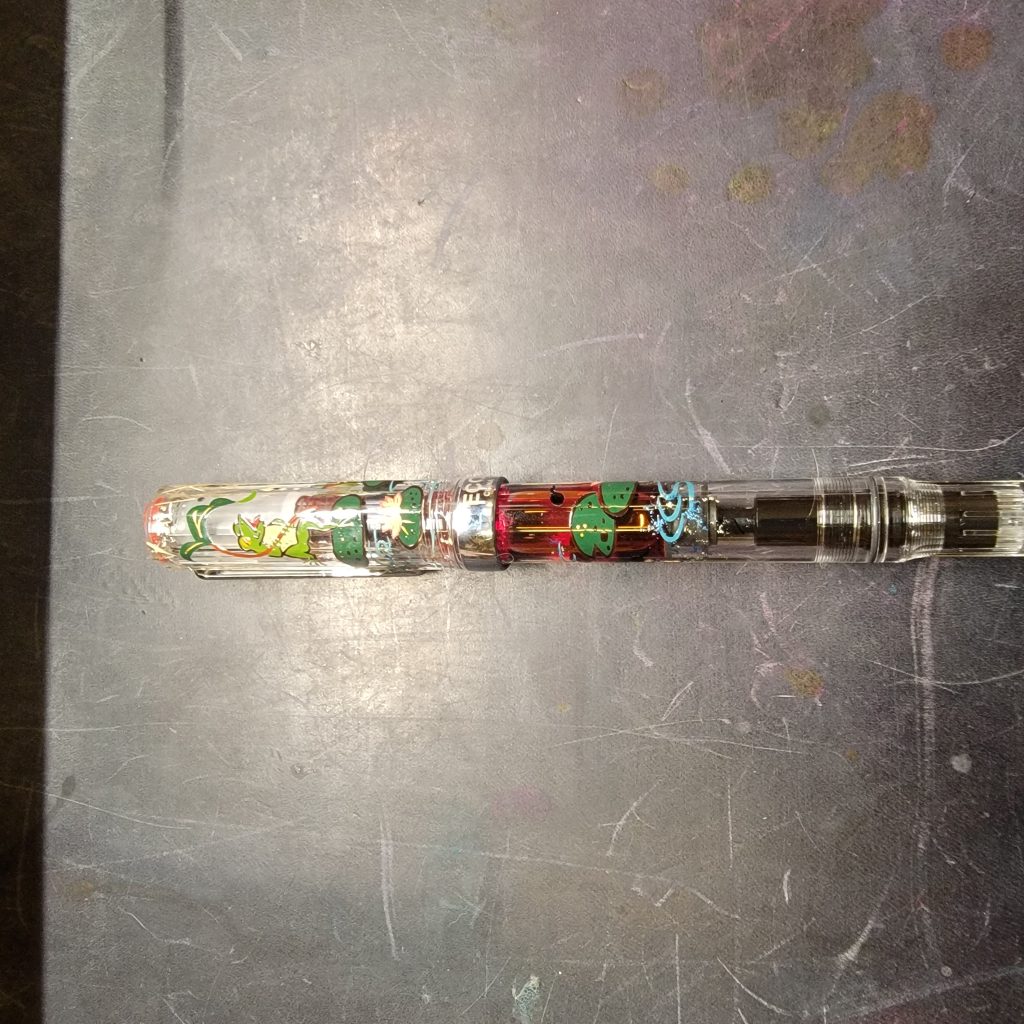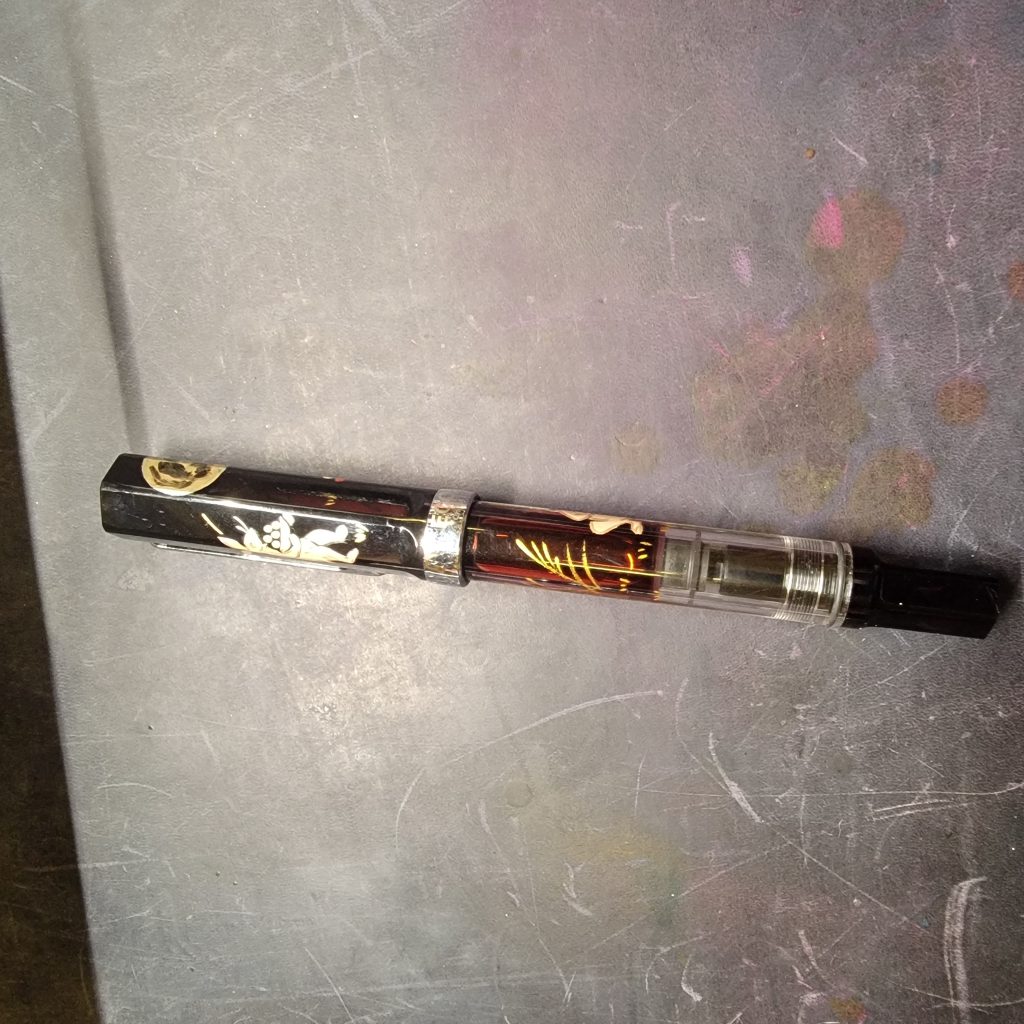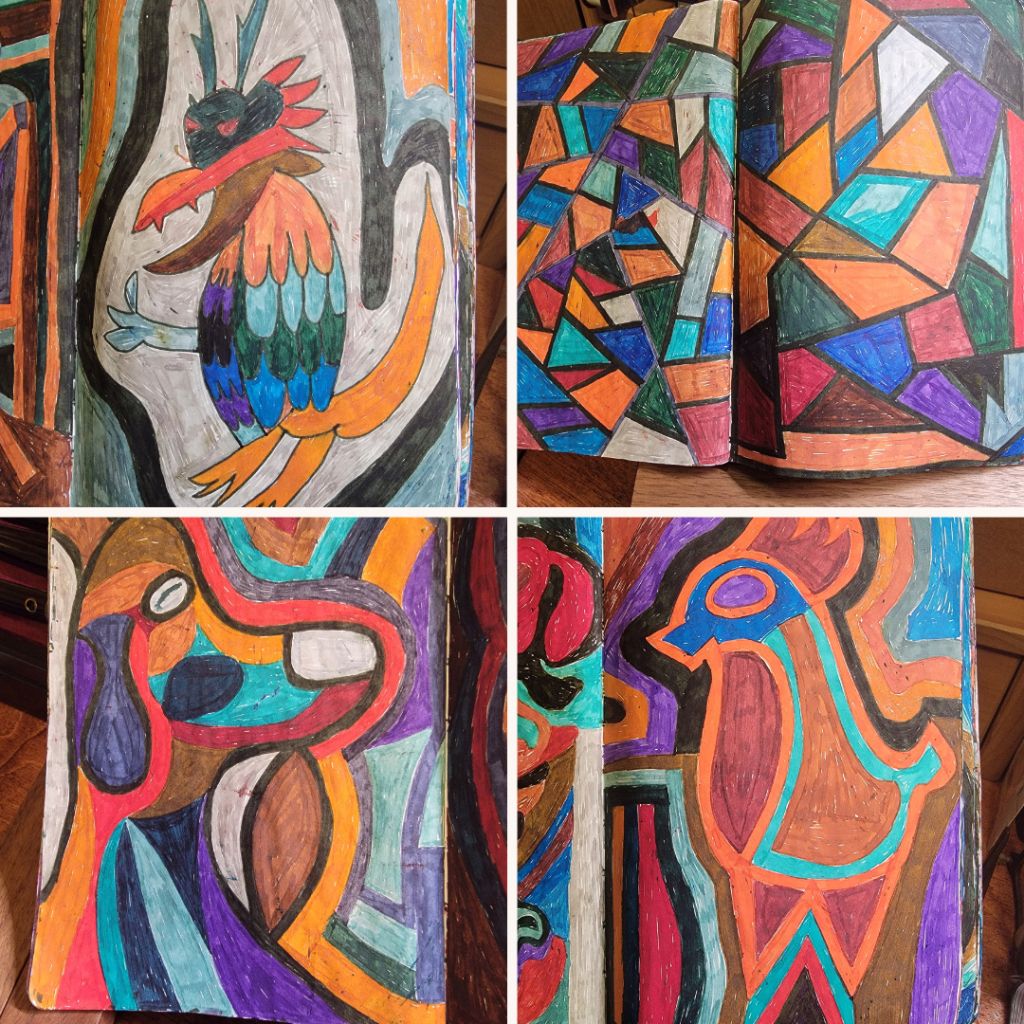I’ve been writing with fountain pens since 2015. When I started, I could not imagine paying more than $25 for a pen. Nor could I imagine owning more than two or three. My favorite was a blue Lamy Safari with a fine nib that I used every day. I ran through about three ink cartridges per week.
Today, I own more than 100 pens each of which ranges in cost from $25 to $800. I rarely use cartridges, preferring to use ink with cartridge converters. Many of my pens are also piston or vacuum fillers, which require ink.
Today, when I purchase a pen, I am almost always looking to add to a specific category in my collection.
One such category is the Maki-E TWSBI Eco Pens from Bungubox. These pens are functional pieces of art, showcasing the ancient Japanese craft of Maki-e, where powdered gold and silver are used to create intricate designs on a lacquered surface—in this case, the small canvas of a fountain pen.
“Moon Gazing Rabbit” depicts the quiet serenity of a rabbit contemplating the moon.
“Singing in the Rain” is a playful homage to Japan’s rainy season featuring dancing frogs and colorful water lillies.
“Zodiac Dragon,” made in honor of the Year of the Dragon, has a dark, fiery design featuring a dragon emerging from crashing waves.
“Weeping Cherry Blossoms at Night” captures the ephemeral beauty of sakura trees in bloom, with silver and pink hues delicately framing the petals.
“Matsuri-Zukushi Japanese Festival” bursts with vibrant colors, evoking the exuberance and joy of a traditional festival.
“Halloween” is a whimsical take on the holiday with smiling pumpkins, black cats, candy, lit candles, and dotted balloons.
Each of the pens has a broad nib, and I use them during nighttime doodling sessions while listening to books on Audible.
